Five months on from its first announcement, the Canon EOS R3 has finally been given a full official launch – and we now know the missing pieces in the pro camera's spec sheet. (Looking to read our first impressions? Head to our hands-on Canon EOS R3 review).
The EOS R3 is the most powerful mirrorless camera Canon has made so far, and sits in between the smaller Canon EOS R5 and Canon EOS 1D X Mark III DSLR – although in reality it's the mirrorless successor to the latter.
So what new things have we learned? We already knew that the EOS R3 was going to have a new stacked CMOS sensor and be able to machine gun raw photos at 30fps with full AF/AE tracking.
Canon had also previously revealed in a June 'development announcement' that the EOS R3 would have new vehicle-tracking autofocus, an articulating touchscreen, eight stops of in-body image stabilization (IBIS) and the ability to shoot oversampled 4K video.
But this full announcement gives us some key details, including its sensor's 24.1MP resolution, that help us weigh up exactly how advanced this action-focused camera is – and how Canon's mirrorless tech is stacking up next to its Sony rivals.
1. It has a 24.1MP stacked sensor
As we suspected after some internet sleuths grabbed the EXIF data from some EOS R3 photos at the Olympics, Canon's new mirrorless camera has a stacked sensor with a 24.1MP resolution.
That resolution might sound a little miserly compared to the 50MP Sony A1, but the EOS R3 is primarily a sports and wildlife camera – and it's higher-res than the 20.1MP Canon EOS 1D X Mark III, which pro snappers have happily relied on for the last eighteen months.
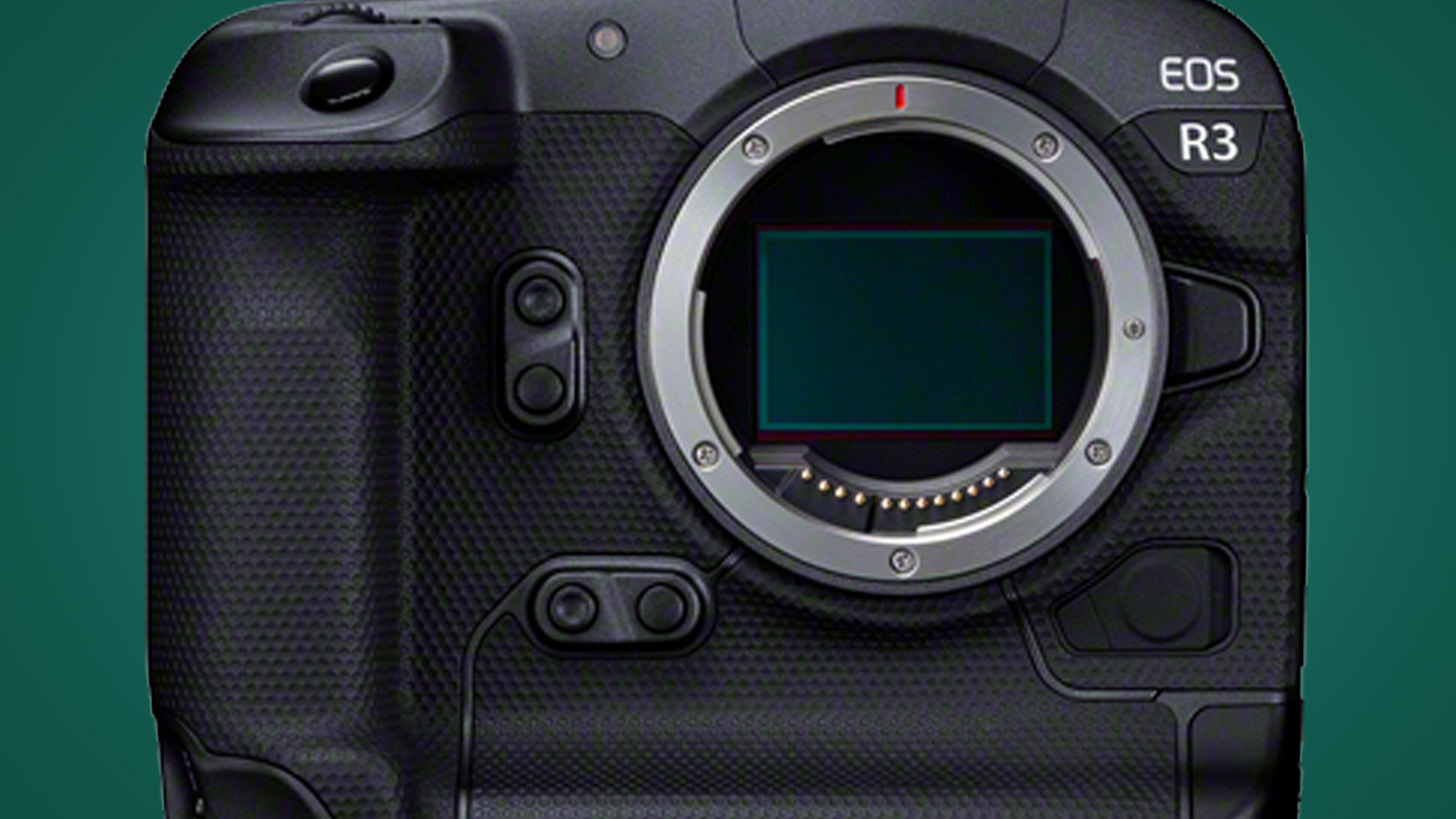
The more interesting thing about the sensor is that it's Canon's first 'stacked' chip. This design, which has been pioneered by Sony cameras like the Sony A9 II, supports higher data read-out speeds than standard BSI (backside-illuminated) sensors, which brings benefits for both continuous shooting and reduced 'rolling shutter' in video.
It's this stacked sensor that powers the EOS R3's claimed 30fps shooting speeds, but also its lightning fast maximum shutter speed of 1/64000th of a second. Canon has also confirmed that the EOS R3's electronic shutter can be synced with external flashes (up to 1/250th of a second).
2. It can shoot 6K raw video internally
Canon had revealed surprisingly little about the EOS R3's video powers, until today. That certainly wasn't down to any sheepishness on Canon's part – the EOS R3 is shaping up to be a professional powerhouse of a video camera.
We already knew that it would shoot oversampled 4K video and support Canon Log 3, a profile that gives color graders boosted dynamic range and editing flexibility. But now Canon has revealed that the EOS R3 can shoot 6K/60p raw video internally – a rare skill in mirrorless cameras – with the option of capturing in its CRM (Cinema Raw Light) format.
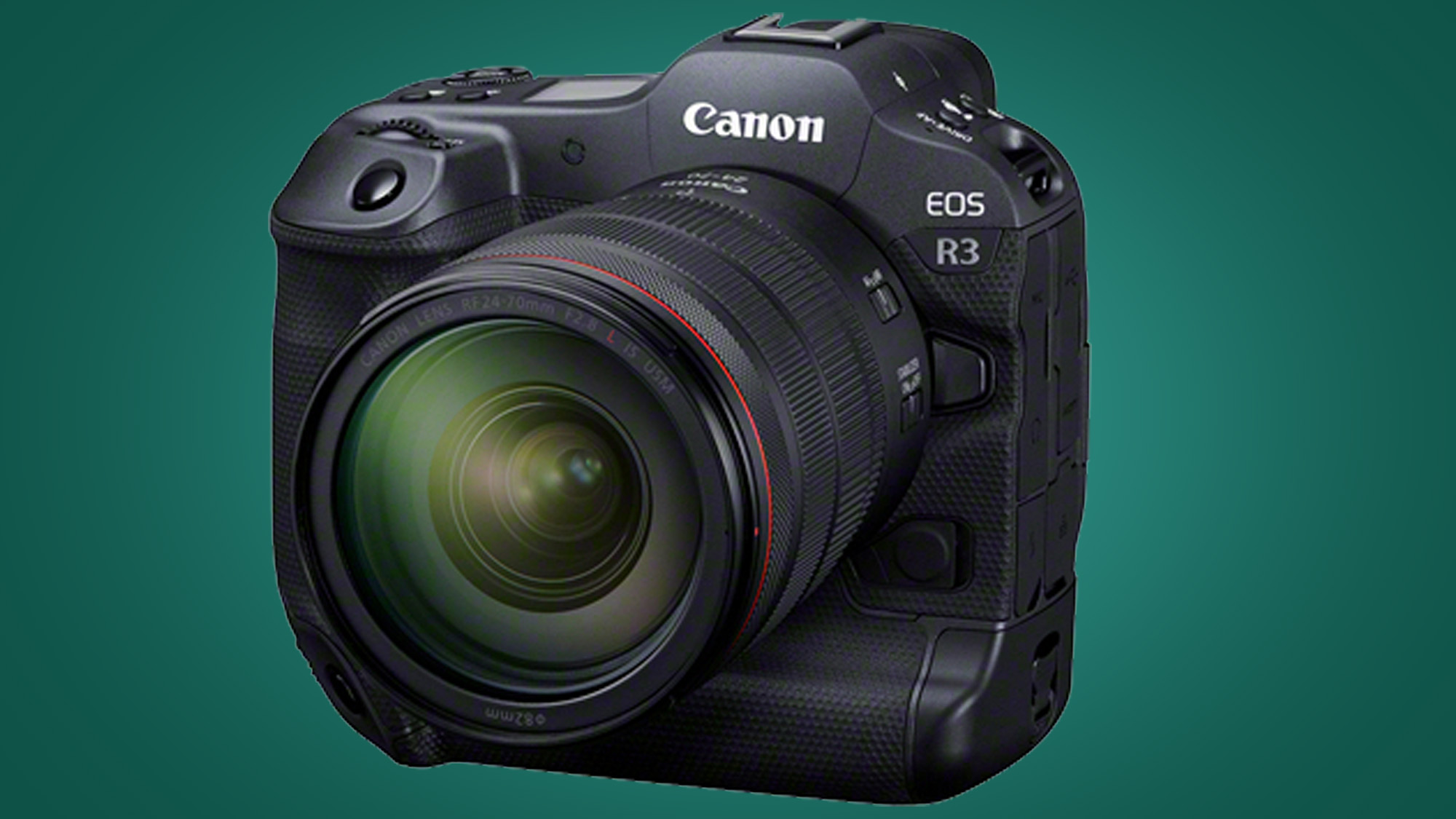
The Cinema Raw Light format comes from Canon's cinema cameras and is a handy way to help reduce the monstrous file sizes of raw video footage, without sacrificing any noticeable image quality or grading headroom.
Perhaps more useful for sports shooters, though, will be the 4K/120p slo-mo mode, and the EOS R3's apparent ability to withstand the overheating issues that dogged the Canon EOS R5 in its early days. Canon says you can record up to six hours of standard frame-rate video at a time, or 1.5 hours of 120p video (assuming you have enough memory card space and battery life left).
3. You get the same viewfinder as the EOS R5
One of the most important camera features for pro sports photographers is the viewfinder. Back in January 2020, Canon told us that the reason it made the 1D X Mark III as a DSLR, rather than a mirrorless camera, was because of the insurmountable issue of viewfinder lag with EVFs. As Canon told us, mirrorless "can never be as fast as a DSLR", because optical viewfinders work at the speed of light.
Given the Canon EOS R3 isn't technically a replacement for the 1D X Mark III, that may still be the case. But it's a still slight surprise to see that the EOS R3 hasn't pushed Canon's viewfinders any further forwards – like the Canon EOS R5, it has a 5.76-million dot EVF with a 0.76x magnification and a maximum refresh rate of 120fps.
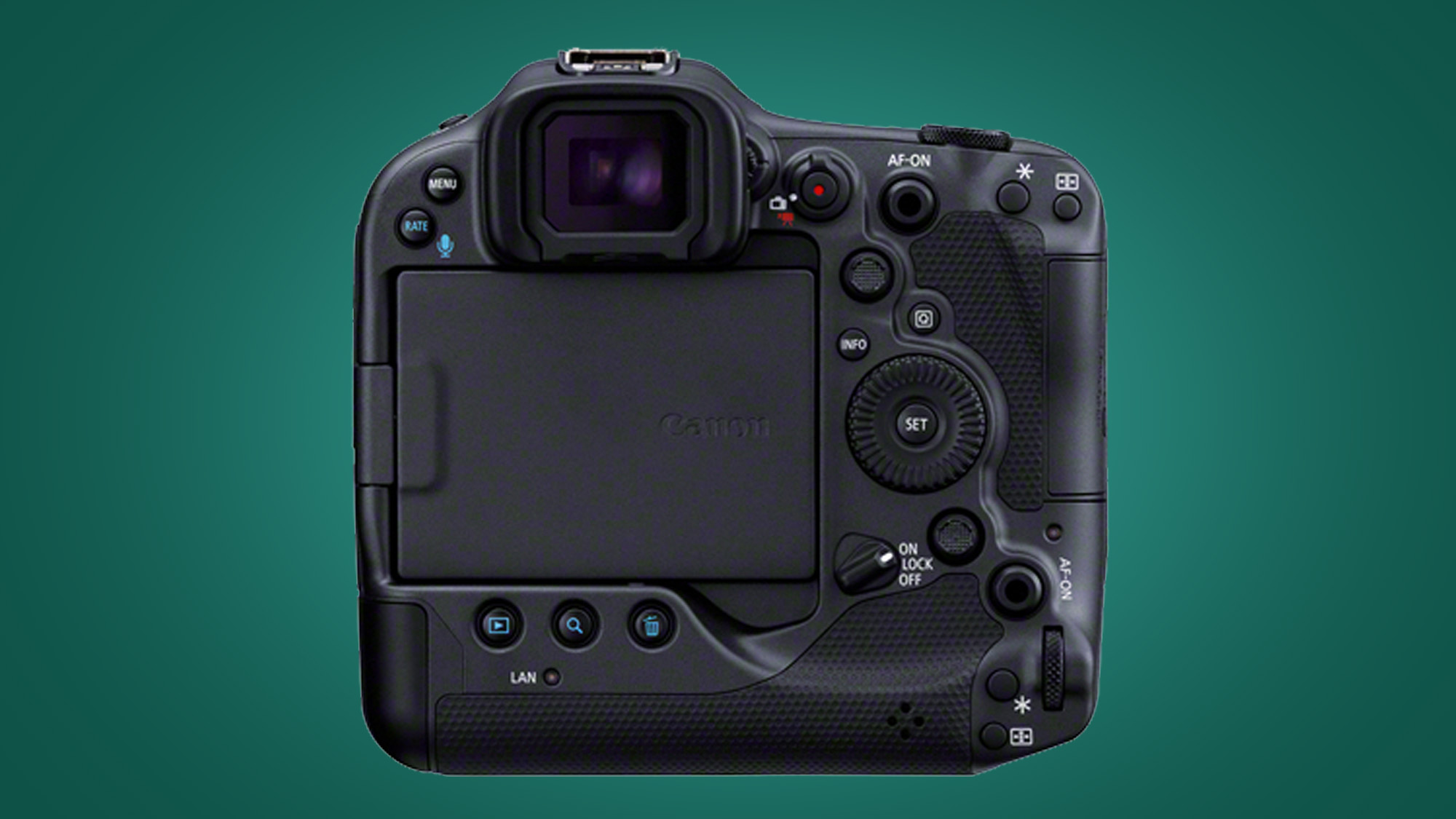
This is by no means an average viewfinder – in our Canon EOS R5 review, we described it as "superb and practically indistinguishable from the optical ones found in DSLRs". But it's still a level below the 9.44 million-dot, Quad-XGA OLED viewfinder on the Sony A1, which has a refresh rate of 240fps. Refresh rates determine how smooth motion looks in the viewfinder, so it's an important spec for shooting action.
The Sony A1 and Canon EOS R3 are very different cameras, but both have a big focus on sports and wildlife photography – and Sony is still ahead on EVF tech. In fact, a Canon EOS R5 teardown last year appeared to show that its viewfinder is made by Sony – which perhaps explains why the Canon wasn't able to include a Sony A1-rivaling one on the EOS R3.
4. But the EOS R3 has a very high-res rear screen
In a reversal of the viewfinder situation, the Canon EOS R3 easily trumps the Sony A1 when it comes the rear screen.
We already knew the R3's screen would be a fully-articulating display, which is ideal for video shooters. But Canon has now confirmed that the screen has a very impressive 4.15-million dot resolution.
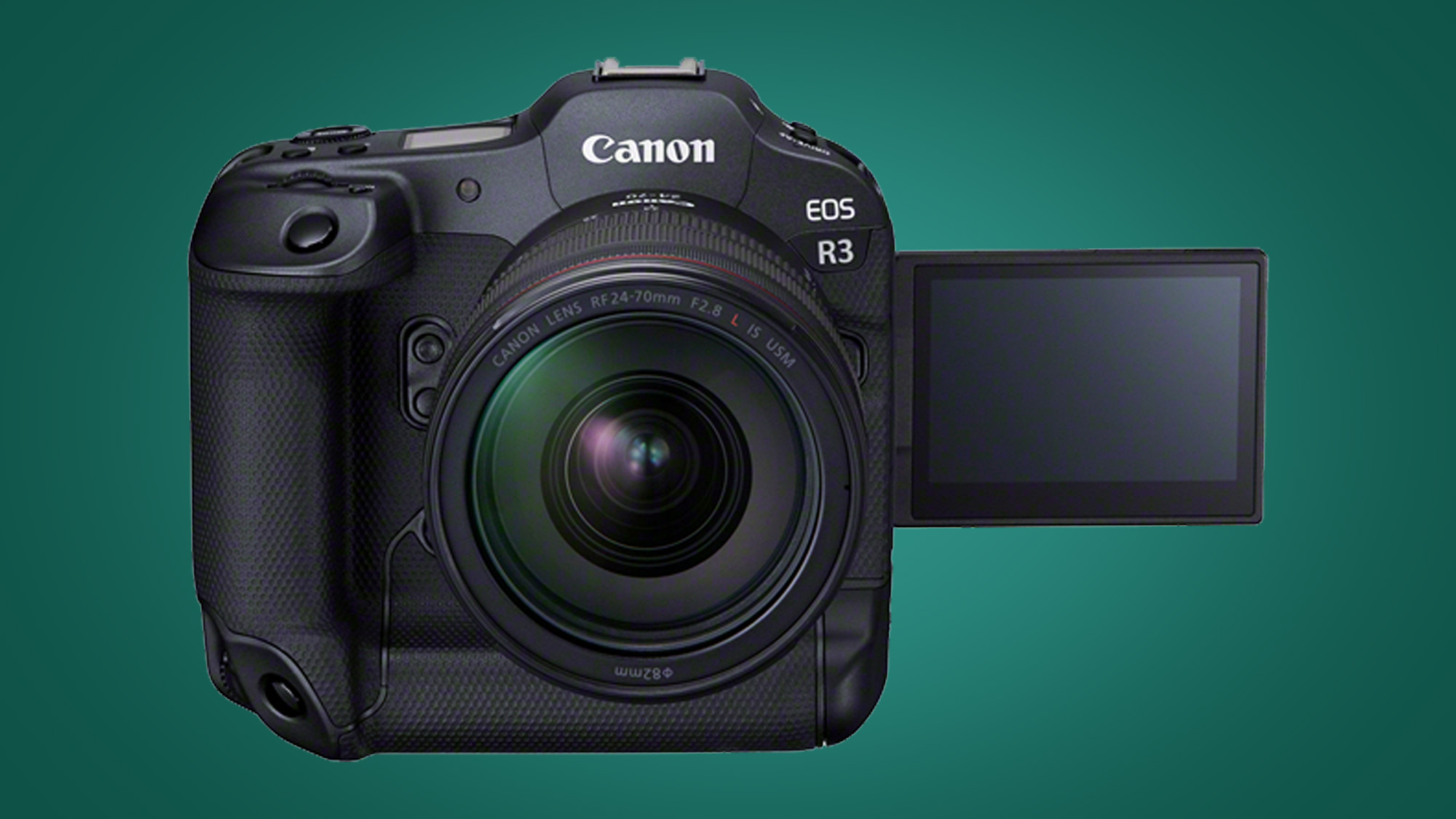
That's almost twice the resolution of the Canon EOS R5's rear display and significantly higher-res res than the Sony A1's pretty pitiful 1.44-million dot monitor, which also only tilts up or down.
For most pros, a camera's viewfinder is arguably more important than the built-in screen (particularly as videographers can add a big external monitor). But the quality of the EOS R3's rear display is certainly a big bonus for reviewing your images and easily navigating the menus.
5. The Multi-Function Shoe brings new accessories
Canon has added its equivalent of Sony's Multi Interface Shoe, called the Multi Function Shoe, to the top of the EOS R3 – and today it's revealed some of the accessories you can use with it.
Both of these next-gen mounts allow high-speed, two-way data transfer between the camera and compatible accessories. And the first new companions for the EOS R3 are a Directional Stereo Microphone (DM-E1D) and Speedlite Transmitter (ST-E10). Both of these draw power from the camera rather than needing to be charged separately, and the ST-E10 allows you to remotely control multiple radio Speedlite flashes.
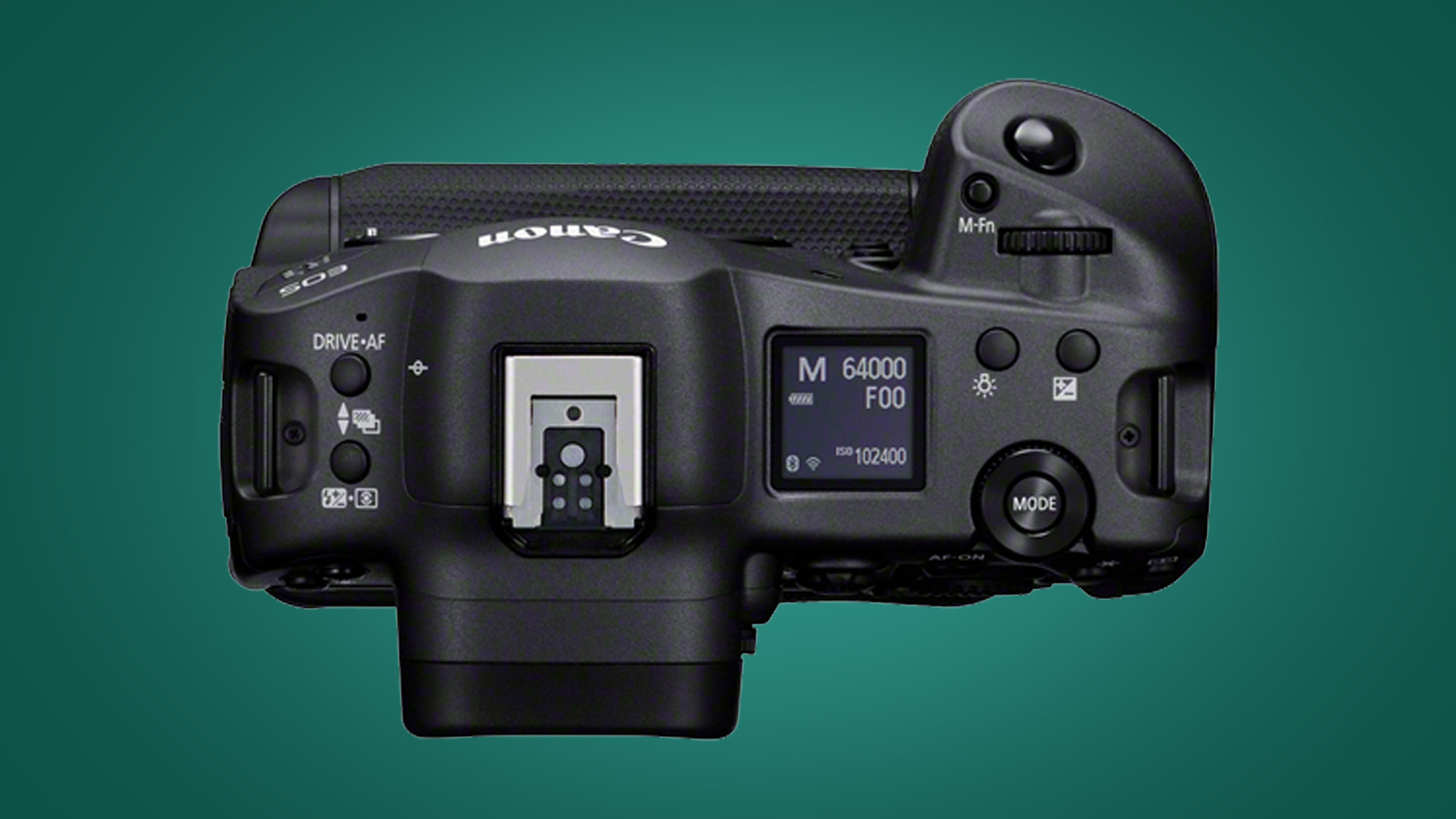
One slight downside of this new Multi Function Shoe is that it doesn't create a fully weather-proof seal – so you need the optional Multi-Function Shoe Adapter (AD-E1) accessory if you want to establish full weather-proofing.
Still, it will be possible to mount other accessories on top of that adapter, including the Smartphone Link AD-P1 (arriving in 2022), which will let you mount an iOS or Android phone above the camera and fire images to it via the new MFT app.
6. Its burst shooting is a match for the Sony A1
Continuous shooting speeds depend on a wide range of factors, from the ambient light to the lens you're using, so we have to take theoretical maximum speeds with a pinch of salt. But on paper, the Canon EOS R3 is certainly a match for the Sony A1 when it comes to outright speed and buffer depth.
The EOS R3 can hit maximum burst speeds of 30fps with full AE/AF tracking when shooting 14-bit raw files, an impressive skill that's no doubt been unlocked by that new stacked sensor.
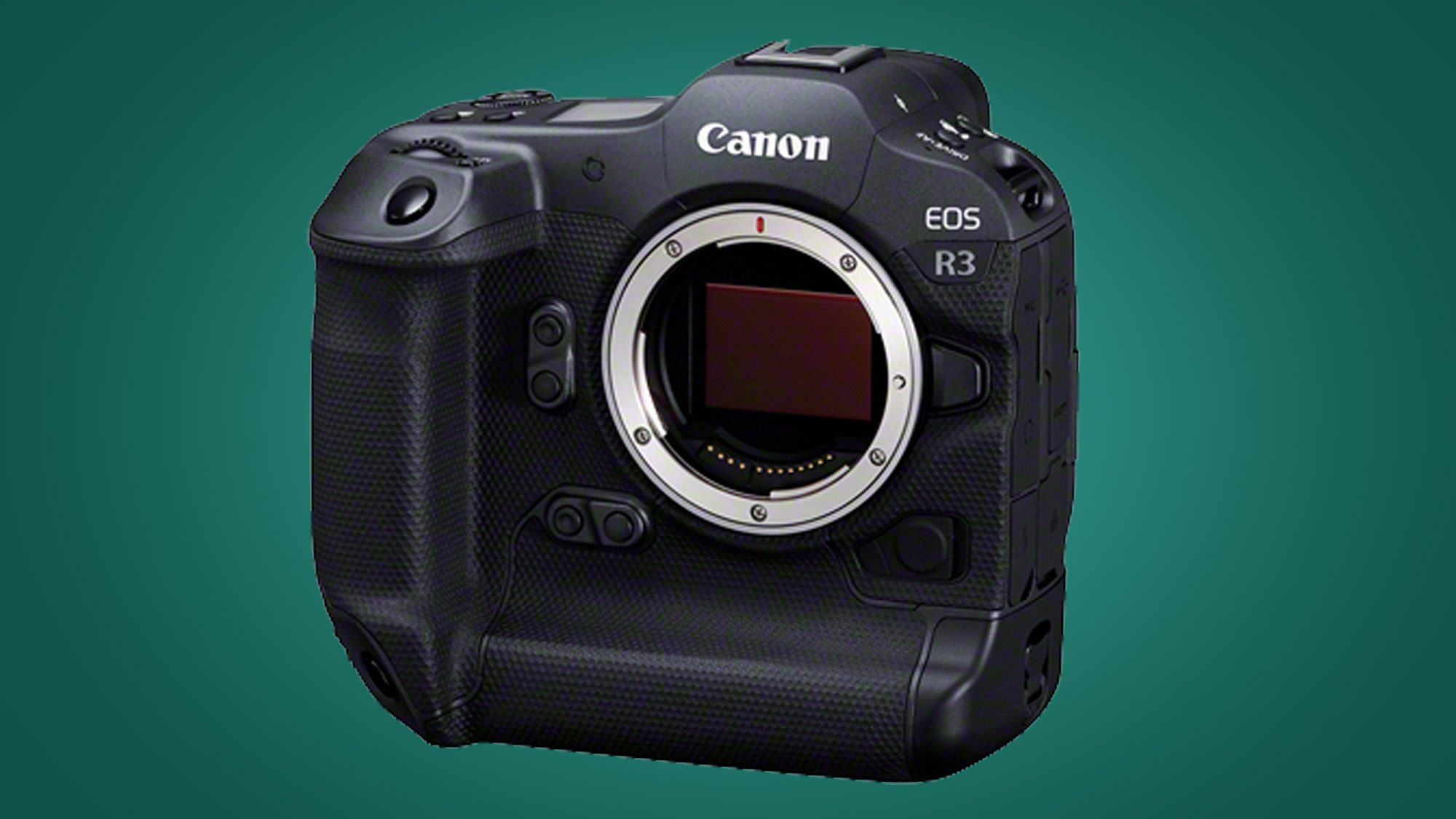
Canon has also now revealed that its buffer can maintain this for 540 JPEGs or 150 raw files, which should work out as 18 seconds or five seconds of shooting respectively. The Sony A1's figures are similar here, with the flagship capable of absorbing around 400 JPEGs or 238 raw files, but this is something we'll need to test in the wild and there's no indication yet of how quickly the EOS R3's buffer will clear.
What is interesting about the Canon EOS R3, though, is that its mechanical shutter can 'only' manage top burst shooting speeds of 12fps. That's the same as the Canon EOS R5, but lower than the 20fps limit of the Canon 1D X Mark III – which suggests Canon thinks pros will increasingly be able to rely on that electronic shutter when shooting action.
7. The Eye Control AF mode is a bit of a gimmick
Canon has explained a bit more about the workings of its intriguing Eye Control AF system, which moves the autofocus point to wherever you're looking in the viewfinder. And it sounds like some limitations will make it pretty niche, and possibly even just a fun gimmick.
This new version of the 'eye-controlled autofocus' system that we saw back in the 1990s on the Canon EOS 3 SLR has come from Canon's medical division and is powered by eight, low-powered LEDs in the viewfinder. These help track your eye and overlay that info on the camera's sensor.
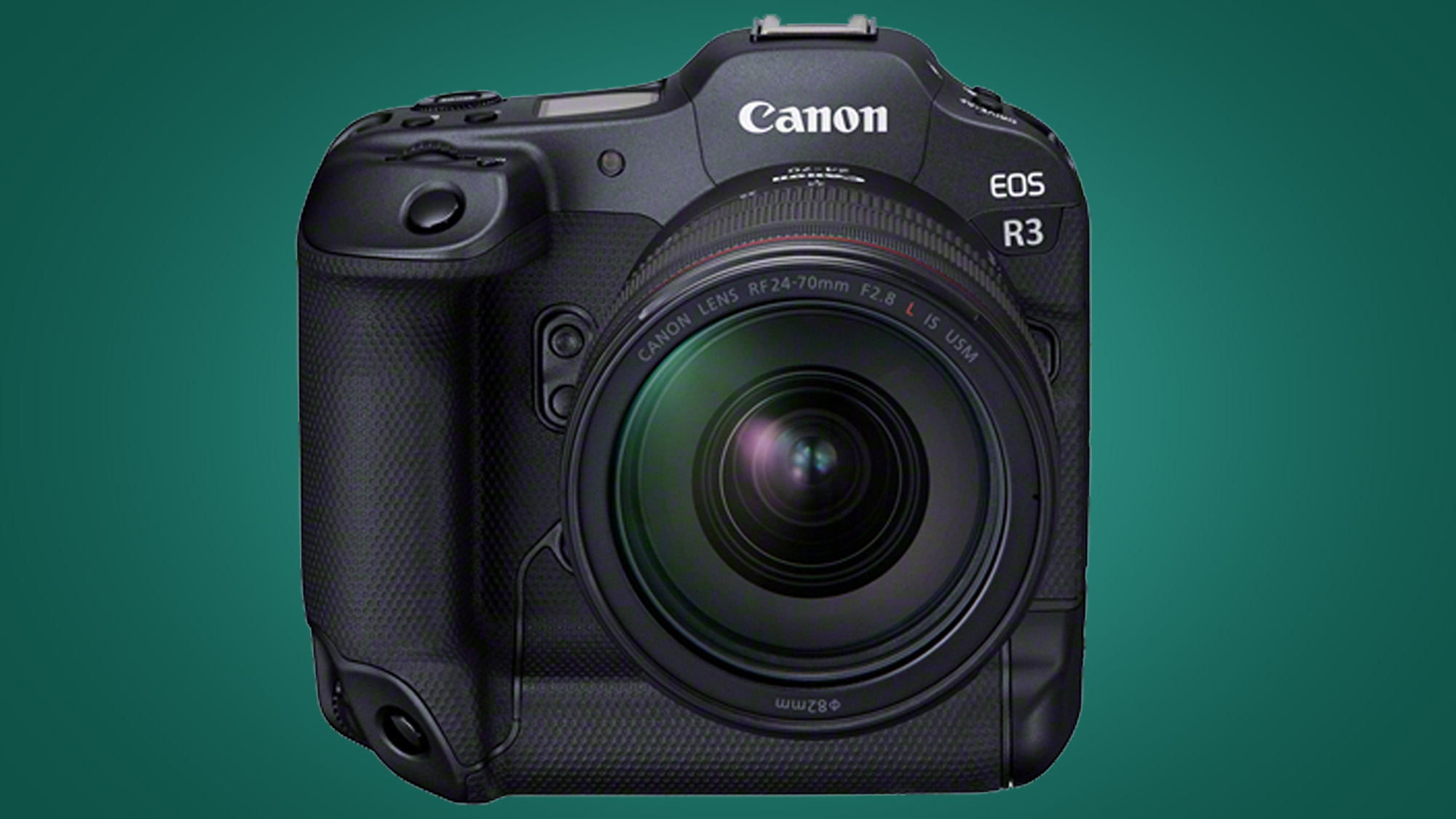
It's been designed to help you quickly acquire focus, rather than track subjects around the frame. For example, at a race track you might use it to choose one particular motorbike to lock focus on, then hit the shutter to start the camera's focus tracking.
But Eye Control AF does have some restrictions that might limit its utility in practice. One is that it will need re-calibrating for different scenes and lighting conditions. Another is that it may not work so well if you wear contact lenses or glasses. In other words, this could turn out to be the EOS R3's equivalent of the doomed Touch Bar that we saw on the Canon EOS R5 – but we're looking forward to trying it out all the same.
8. It will cost less than the Sony A1 and 1D X Mark III
Lastly, we now have a confirmed price for the Canon EOS R3 – it will have a body-only price of $5,999 / £5,879 (around AU$9,500) and be available to buy from late November.
That's not exactly cheap, but it is less than both the Sony A1 (which launched for $6,500 / £6,499 / AU$10,499) in January, and the Canon EOS 1D X Mark III's original launch price of $6,499 / £6,499 / AU$9,999.
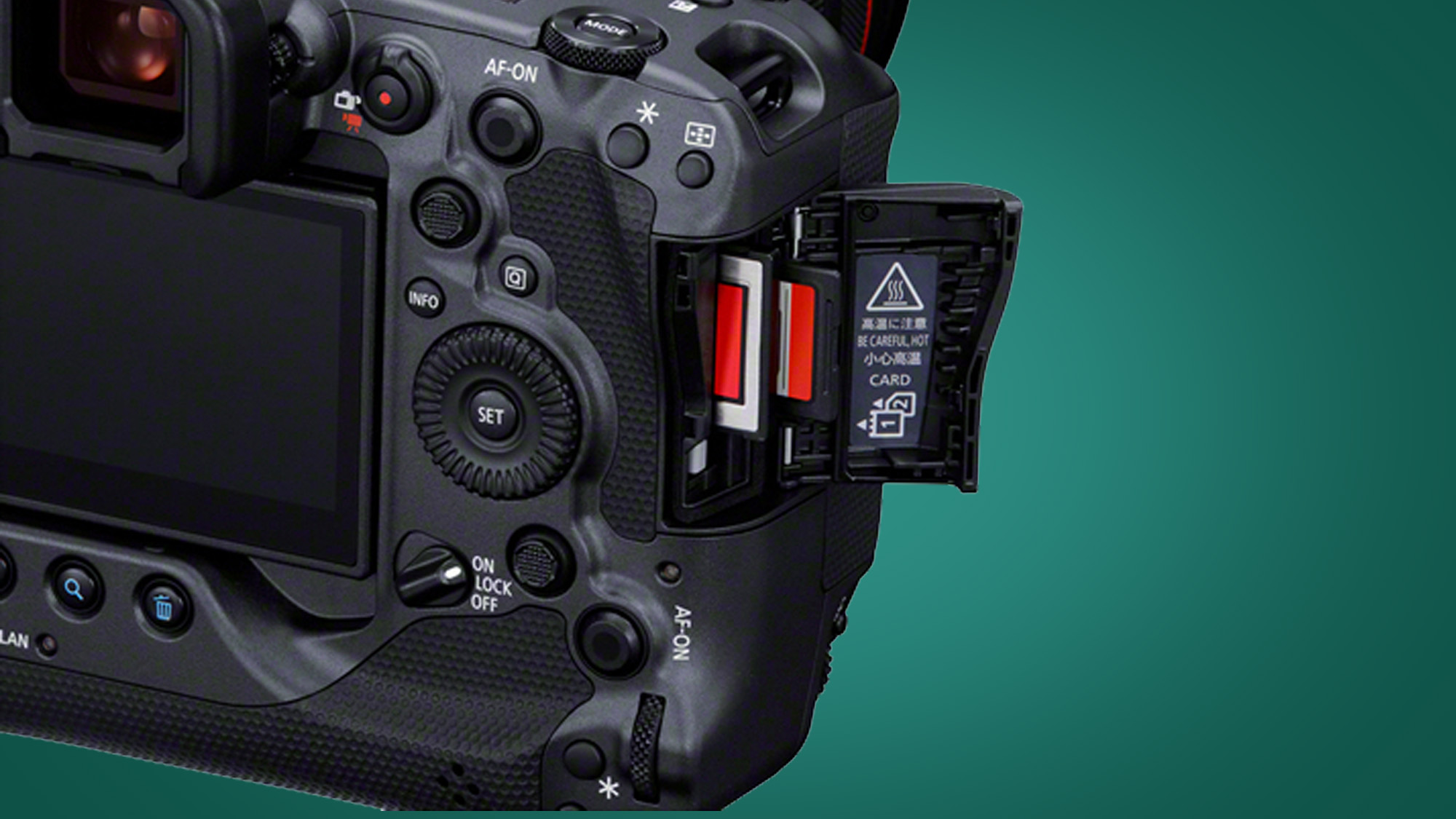
Most non-professional photographers will be looking at the Canon EOS R6 or Canon EOS R5 (which arrived for $3,899 / £4,199 / AU$6,899) instead. But the Canon EOS R3's price isn't too savage when you consider that it's packing Canon's latest mirrorless technology, including video skills that go way beyond its DSLR cousin.
For professional photographers, or well-heeled amateurs, it's certainly shaping up to be one of the best, if not the best, sports and wildlife cameras ever made. We're looking forward to putting it through its paces soon in a full review very soon.
- These are the best Canon cameras you can buy right now
from TechRadar - All the latest technology news https://ift.tt/3nxzIaO